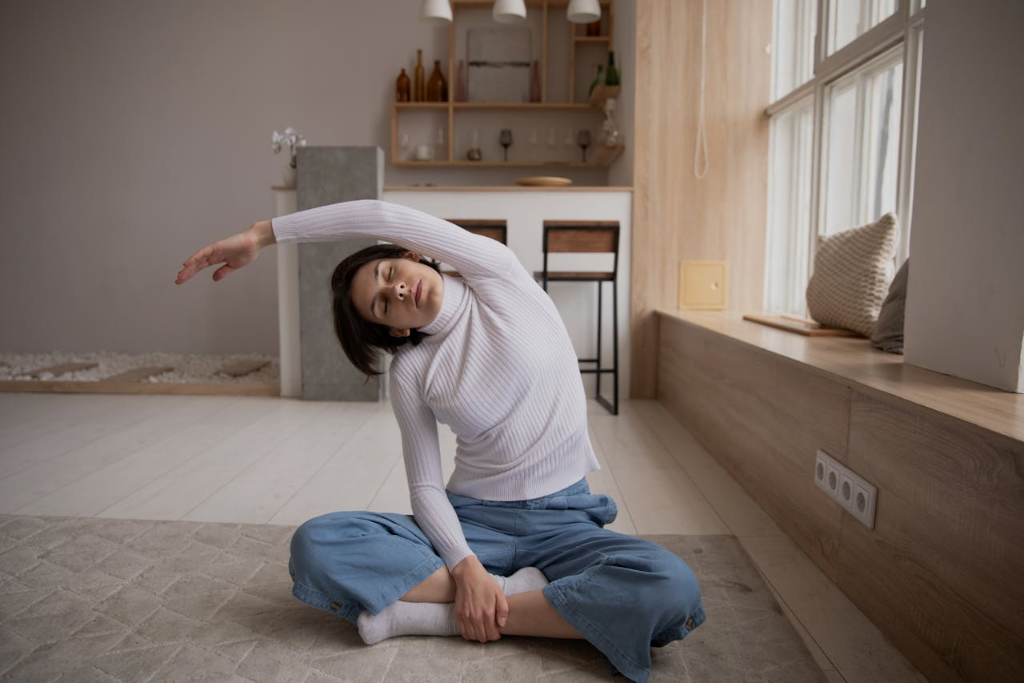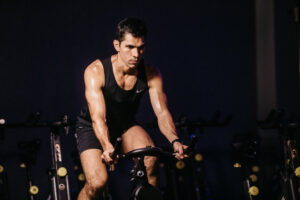Full body stretching exercises are essential for maintaining flexibility and relaxation. Many people struggle with tight muscles, stiffness, and reduced mobility, which can negatively impact their daily lives. Incorporating a proper stretching routine into your schedule can alleviate these issues, improve flexibility, and promote relaxation.
Stretching is not just for athletes or yogis; it’s a crucial part of any fitness routine and daily self-care. Without it, muscles become shorter and tighter, leading to poor posture, pain, and a higher risk of injuries. By practicing full body stretching exercises regularly, you can improve blood circulation, reduce stress, and enhance overall mobility.
If you struggle with muscle stiffness, joint pain, or stress-related tension, this guide will provide you with the best full body stretching exercises to help you feel more relaxed and flexible. These exercises are designed for all fitness levels and can be done anywhere, making them perfect for anyone looking to improve their flexibility and relaxation.
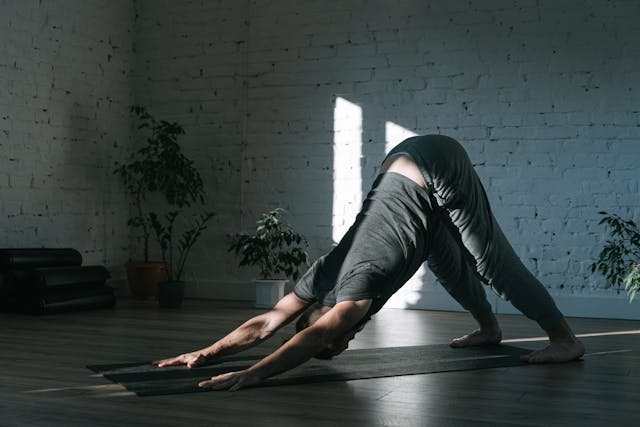
Table of Contents
Why Full Body Stretching is Important
1. Reduces Muscle Stiffness and Pain
Leading a sedentary lifestyle and engaging in repetitive activities can frequently result in muscle stiffness and discomfort. Incorporating full-body stretching routines can effectively extend muscles, enhance their flexibility, and alleviate the soreness that arises from extended periods of inactivity or excessive strain.
2. Improves Flexibility and Mobility
As we age, flexibility drops, making daily movements more challenging. Regular stretching can compete by holding muscles and joints mobile, improving asana, and preventing injuries.
3. Enhances Relaxation and Stress Relief
Stretching helps release tension stored in muscles, promoting relaxation and reducing stress. Deep breathing combined with stretching exercises can also help calm the nervous system and improve mental clarity.
Best Full Body Stretching Exercises
1. Standing Forward Bend (Hamstring Stretch)
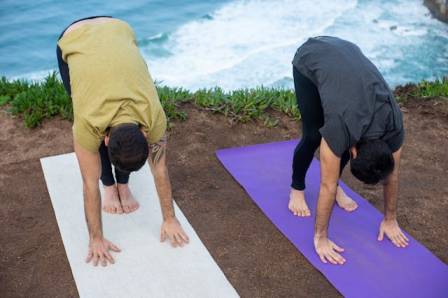
How to do it:
- Stand with feet hip-width apart.
- Hinge at your hips and slowly bend forward, reaching towards your toes.
- Keep a slight bend in your knees if necessary.
- Hold for 20-30 seconds and feel the stretch in your hamstrings and lower back.
Benefits: Loosens tight hamstrings, improves lower back flexibility and relieves stress.
2. Cat-Cow Stretch
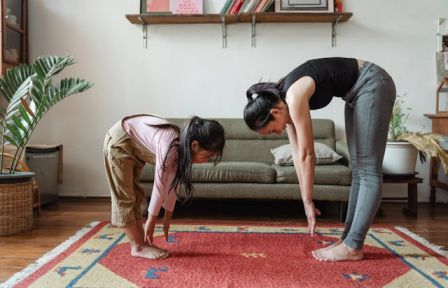
How to do it:
- Get on all fours with hands under shoulders and knees under hips.
- Inhale, arch your back, lift your head, and tilt your pelvis upward (Cow Pose).
- Exhale, round your spine, tuck your chin and draw your belly button toward your spine (Cat Pose).
- Repeat for 30 seconds.
Benefits: Improves spinal flexibility, relieves back pain, and enhances posture.
3. Downward Dog
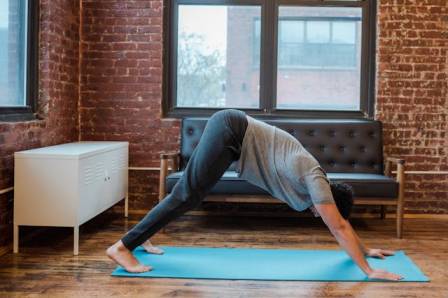
How to do it:
- Start in a plank position.
- Push your hips up and back, forming an inverted V shape.
- Keep your heels pressing toward the ground and arms extended.
- Hold for 20-30 seconds.
Benefits: Stretches the shoulders, hamstrings, calves, and spine while promoting circulation.
4. Seated Forward Fold
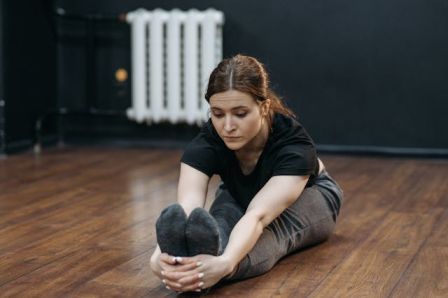
How to do it:
- Sit with legs extended straight in front.
- Hinge at your hips and reach forward toward your toes.
- Hold for 20-30 seconds.
Benefits: Stretches the hamstrings, calves, and lower back, improving flexibility.
5. Butterfly Stretch
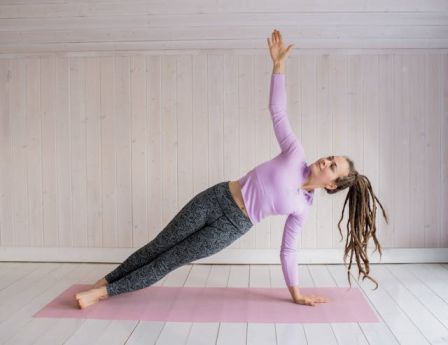
How to do it:
- Sit with your feet together and knees bent outward.
- Hold your feet and gently press your knees toward the floor.
- Hold for 20-30 seconds.
Benefits: Opens up the hips and improves inner thigh flexibility.
6. Child’s Pose
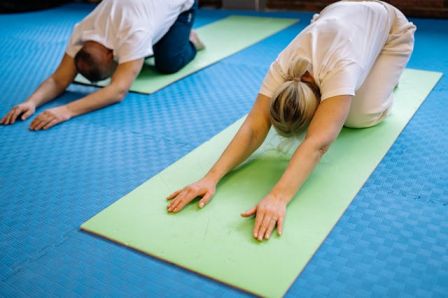
How to do it:
- Kneel on the floor and sit back on your heels.
- Extend your arms forward and lower your torso toward the floor.
- Hold for 30 seconds.
Benefits: Relieves lower back tension and promotes relaxation.
7. Cobra Stretch
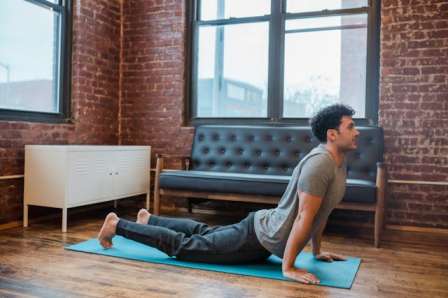
How to do it:
- Lie on your stomach with your hands under your shoulders.
- Push up, lifting your chest while keeping your hips on the ground.
- Hold for 20-30 seconds.
Benefits: Improves spinal flexibility and relieves back stiffness.
8. Side Stretch
How to do it:
- Stand with feet hip-width apart.
- Raise one arm overhead and lean to the opposite side.
- Hold for 20 seconds on each side.
Benefits: Stretches the obliques and improves side mobility.
9. Spinal Twist
How to do it:
- Sit cross-legged and twist your torso to one side.
- Hold for 20 seconds, then switch sides.
Benefits: Enhances spinal flexibility and relieves lower back pain.
10. Quad Stretch
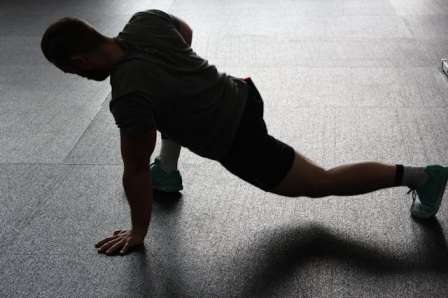
How to do it:
- Stand on one leg and pull the opposite foot toward your glutes.
- Hold for 20 seconds, then switch.
Benefits: Stretches the quadriceps and improves balance.
Tips for Effective Stretching
- Warm up before stretching to prevent injuries.
- Breathe deeply to enhance relaxation and muscle release.
- Hold each stretch for at least 20-30 seconds without bouncing.
- Be consistent—stretch daily for the best results.
- Listen to your body—never push into pain.
Conclusion
Full body stretching exercises are essential for maintaining flexibility, reducing stiffness, and promoting relaxation. Whether you’re an athlete, a busy professional, or someone dealing with chronic tension, incorporating these stretches into your daily routine can make a significant difference in your overall well-being.
By practicing full body stretching exercises regularly, you’ll improve your mobility, relieve muscle pain, and enhance your body’s relaxation response. The key to success is consistency and proper technique.
Make full body stretching exercises a part of your daily routine to experience long-term benefits. Not only will you feel more flexible, but you’ll also enjoy better posture, reduced stress, and improved overall health. Start today and feel the difference!

